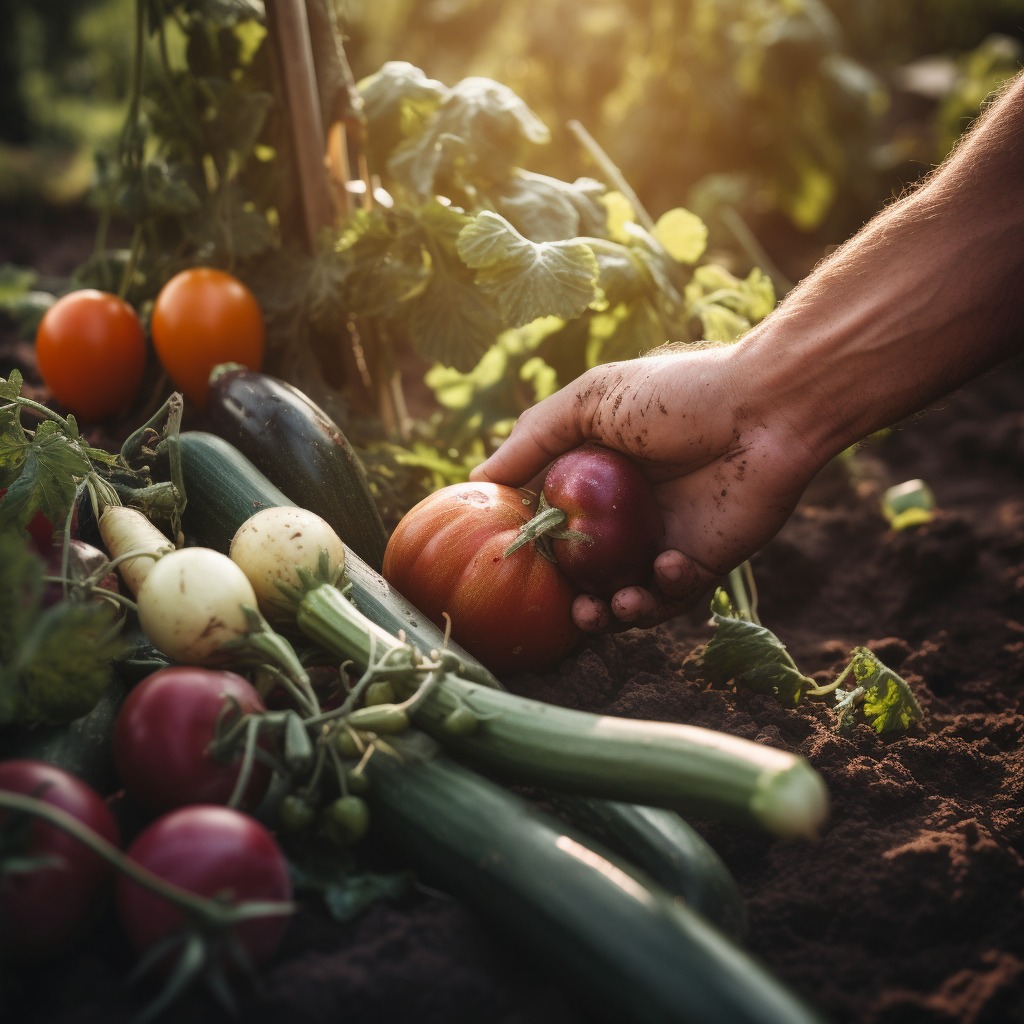Growing your own food can be a rewarding and enriching experience. Not only does it contribute to a healthy lifestyle, but it’s also great for the environment. In this beginner’s guide, we’ll walk you through the basics of vegetable gardening and how you can start your own edible garden.
Getting Started:
Firstly, decide on the location of your garden. A spot with at least six hours of sun a day is ideal. Start small and choose vegetables that are easy to grow such as lettuce, tomatoes, and cucumbers.
Understand Your Soil:
The success of your vegetable garden heavily depends on the soil. Get a soil test done to know its pH and nutrient levels. Based on the results, amend the soil with compost or other organic matter to improve its fertility.
Choosing the Right Vegetables:
Choose vegetables that you enjoy eating and are suitable for your climate. Some vegetables like beans, peppers, and tomatoes are great for warmer climates, while vegetables like broccoli, lettuce, and peas thrive in cooler temperatures.
Planting Your Vegetables:
You can start vegetables from seeds or buy young plants (seedlings) from a nursery. Read the seed packet or plant tag for instructions on how deep and far apart to plant them.
Watering and Fertilizing:
Water and fertilize your plants as needed. Vegetables generally need an inch of water per week and regular feedings with a vegetable garden fertilizer.
Pest and Disease Control:
Keep an eye out for pests and diseases. Use environmentally friendly pest control methods and disease-resistant varieties to ensure a healthy garden.
Harvesting:
Harvest your vegetables when they’re ripe. This not only provides you with fresh, flavorful produce, but it also encourages the plant to produce more.
Growing your own food can be a fun and fulfilling endeavor. With a little time and effort, you can enjoy fresh, homegrown vegetables right from your backyard.
